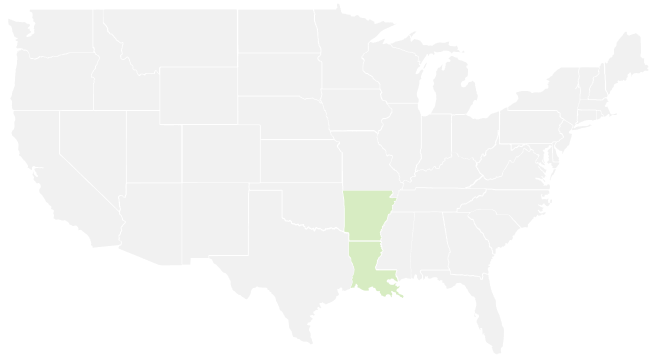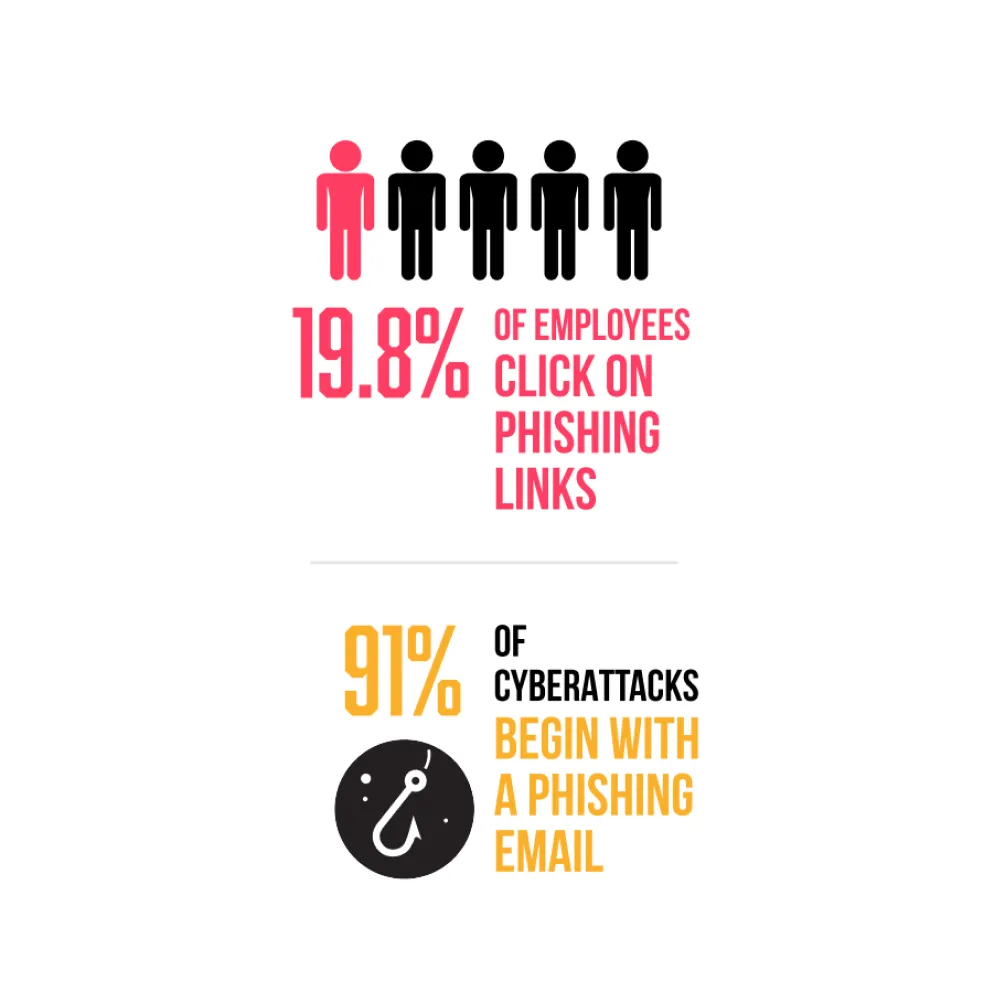As the digital landscape evolves, senior living centers face increasingly complex challenges in safeguarding their residents’ sensitive information and ensuring their safety in an interconnected world. Cybersecurity has emerged as a pivotal concern for these facilities as they endeavor to defend against a spectrum of threats, including data breaches and ransomware attacks, which can potentially compromise the well-being of their elderly residents.
Senior living centers and nursing homes represent significant targets for cybercriminals seeking to exploit vulnerabilities in their security systems. These establishments are responsible for safeguarding their residents’ personal and medical information, rendering them appealing targets for identity theft and fraudulent activities. Moreover, the interconnected infrastructure of these centers, reliant on digital systems for communication, medical records, and daily operations, exposes them to cyber attacks capable of disrupting services and jeopardizing resident safety. Interact with our IT Consulting Provider in Arkansas experts to secure your senior living centers from potential cybersecurity threats.
In this article, we will explore the healthcare cybersecurity risks and senior living centers.
The Cyber Threat landscape for Senior Living Communities
The cyber threat landscape for senior living communities is critical and requires attention and proactive measures. Due to their increasing dependence on technology in healthcare facilities, senior living communities are becoming more vulnerable to cyberattacks. These communities often store sensitive personal and medical information, making them potential targets for hackers seeking to exploit vulnerabilities in their systems.
Senior living communities must implement robust cybersecurity for healthcare, conduct regular security assessments, and provide comprehensive training to staff members to mitigate the risks associated with cyber threats. By staying vigilant and investing in cybersecurity infrastructure, senior living communities can better protect their residents’ data and uphold their commitment to privacy and security.
Cybersecurity Risks for Senior Living Centers and Nursing Homes
Social Engineering
Social engineering poses a significant cybersecurity threat to senior living centers and nursing homes. This attack involves manipulating individuals into divulging confidential information or performing actions that may compromise healthcare security. Common tactics used in social engineering attacks include phishing emails, pretexting phone calls, and impersonation scams.
Senior living centers and nursing homes must educate their staff and residents about the dangers of social engineering and implement strict protocols to verify the identity of individuals requesting sensitive information. By remaining vigilant and implementing robust cybersecurity for seniors, they can mitigate the risks associated with social engineering threats and safeguard the personal data of their residents.
Phishing Attacks
Phishing attacks pose a significant cybersecurity threat to senior living centers. These cyber attacks involve malicious actors attempting to deceive individuals into providing sensitive information, such as login credentials or personal details, by disguising themselves as trustworthy entities.
In the context of senior living centers, where residents may not be as familiar with digital security best practices, phishing attacks can be hazardous. Senior living centers must implement robust cybersecurity measures, including employee training on identifying and reporting phishing attempts, implementing multi-factor authentication protocols, and regularly updating security software to mitigate the risks associated with these prevalent cyber threats.
Ransomware Attacks
Ransomware attacks pose a significant cybersecurity threat to senior living centers and nursing homes. These malicious attacks involve cybercriminals encrypting a facility’s data and demanding a ransom for its release. Senior living centers are particularly vulnerable to such attacks due to the sensitive nature of the information they hold, including residents’ personal and medical records.
To mitigate the risk of ransomware attacks, senior living centers must implement robust cybersecurity measures, including regular data backups, employee training on phishing awareness, and up-to-date security software. Moreover, having a response plan in place in the event of a ransomware attack is crucial to minimize potential damage and ensure the continuity of care for residents. If you want to protect your senior living center from ransomware attacks, visit our Managed IT Services Company in Shreveport for assistance.
Data Breaches
Data breaches pose significant healthcare cybersecurity risks, as they can expose staff’s sensitive personal information. These breaches can occur through various means, such as phishing attacks, malware infections, or unauthorized database access.
To mitigate the risk of data breaches, senior living centers must implement robust security measures, including encryption protocols, regular security audits, and staff training on cybersecurity best practices. In addition, having a response plan in case of a breach is essential to minimizing the impact on residents and maintaining trust in the facility’s ability to protect their information.
4 Cybersecurity Best Practices for Senior Living Communities
1. Employee Training
Employee training is critical to cybersecurity best practices for senior living communities. Given the sensitive nature of the information handled within these facilities, all staff members must be well-versed in cybersecurity protocols and procedures.
Training should include recognizing phishing attempts, safeguarding resident data, using secure passwords, and understanding the importance of regular software updates. By investing in comprehensive and ongoing training programs, senior living communities can significantly reduce the risk of cyber threats and protect residents and staff from potential security breaches.
2. Secure Networks
Secure networks are a cornerstone of cybersecurity best practices for senior living communities. With the increasing digitization of services and personal information, protecting residents’ data from potential cyber threats is crucial. Implementing secure networks involves firewalls, encryption protocols, and access controls to safeguard sensitive information.
Regular monitoring and updates to network security measures are essential to staying ahead of evolving cyber risks. By prioritizing network security, senior living communities can help ensure the safety and privacy of their residents’ data in an increasingly digital age.
3. Data Encryption
Data encryption is crucial to cybersecurity best practices for senior living communities. It protects sensitive information, such as residents’ medical records and personal details, from unauthorized access by converting data into a code that can only be deciphered with the appropriate decryption key.
Implementing robust encryption protocols can help ensure that resident data remains confidential and secure, reducing the risk of data breaches and cyber-attacks within senior living facilities. Senior communities need to prioritize data encryption as part of their cybersecurity strategy to safeguard residents’ privacy and uphold regulatory compliance standards.
4. Regular Updates and Patching
Regular updates and patching are essential cybersecurity best practices for senior living communities. Keeping software, operating systems, and devices up to date helps protect against known vulnerabilities that cybercriminals often exploit. By regularly applying updates and patches, senior living communities can enhance their overall security posture and reduce the risk of falling victim to cyberattacks.
Implementing a strict schedule for updates and patch management is crucial to ensure that all systems are adequately protected from evolving cyber threats. Additionally, staying informed about the latest security patches released by software vendors is critical to maintaining a robust cybersecurity defense strategy within senior living environments.
In Conclusion
Ensuring the digital infrastructure of senior living centers is essential for safeguarding the well-being and privacy of our elders. With technology increasingly integrated into daily life, it is imperative to prioritize efforts to enhance its security. By implementing robust cybersecurity measures, promoting digital literacy among residents and staff, and remaining vigilant against evolving threats, senior living centers can maintain safe and secure environments for our aging population.



